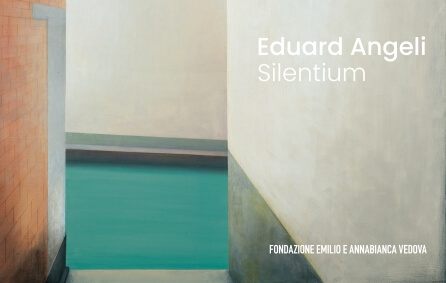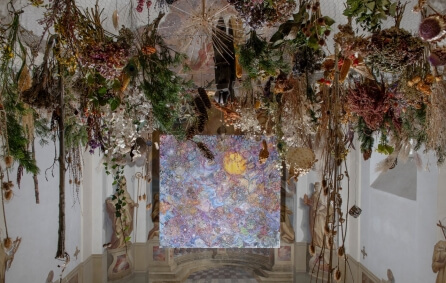
Alfred Czerny
The following artworks are for sale


Czerny Alfred Idol VIII 1964/2005
Biography
Alfred Czerny was born in Vienna in 1934 and studied at the Academy of Fine Arts in Vienna from 1954, initially with Hans Andre, before moving on to Fritz Wotruba's master class. Here, an incredible number of highly talented young sculptors gathered: Joannis Avramdis, Wander Bertoni, Roland Goeschl, Alfred Hrdlicka, Josef Pillhofer and Andreas Urteil, all of whom were students of the so-called Wotruba class alongside Alfred Czerny. The quality of the work of these up-and-coming artists was more than impressive and was also perceived with international interest. Certainly impressed by his overpowering teacher, Alfred Czerny, who also won the Academy's Master School Award, managed to develop an independent style that oscillated between the poles of expressivity and a post-cubist archaism, always in the "search for timeless beauty"¹, as was his personal credo.
In 1959 the artist participated in the first sculpture symposium in the quarry of St. Margarethen. However, a hip ailment, which he had been suffering from since 1960, forced him to give up carving large stones for some time² and to concentrate on small sculptures, mainly executed in bronze. Not only his numerous incredibly expressive animal sculptures are to be emphasized here, but also the wonderful nudes in stone and polished bronze. These sometimes reach into the abstract, characterized by an inner dynamism and a rhythmic agility, which is certainly also due to his second passion, music. In 2013, the recipient of the Austrian Cross of Honor for Science and Art 1st Class, who also left behind a rich graphic oeuvre, died at the age of 79.
The two major focal points of Alfred Czerny's sculptural oeuvre are the depiction of animals, in this case primarily horses in addition to the well-known bull sculptures, and the rendering of the human body. Already as a child he formed animals from wood, clay, plasticine or papier-mâché. Later the artist³, with different residences in Lower Austria and Styria³, had up to seven horses at a time in his stable. The intimate knowledge of their anatomy served him as an indispensable basis for full-body and head sculptures in stone and bronze. His reclining and standing nudes are impressive, often reduced to their basic forms, highly abstracted, archaic in appearance and full of quiet monumentality.
"Sculptures are not alive, but they can communicate the living,"⁴ says Alfred Czerny, thus putting into words what is probably the greatest concern of every sculptor, namely "to make visible the nature that dwells in the bodies."⁵.
¹Klaus Albrecht Schröder, Rupert Feuchmüller, et al, Geiserich E. Tichy (eds.), Alfred Czerny. In Search of Timeless Beauty, Vienna 2004, p. 14.
²After two hip operations in 1983 and 1984 he was able to carve large stones again, and in these later years he once again created wonderful large sculptures in marble, granite and Margarethen sandstone.
³The artist lived in the 1960s in Mariatrost in Graz as well as in the Weinviertel in Oberweiden, Lassee and Schloßhof. In 1969 he was again registered in Vienna, later in Pöchlarn and Hafnerbach am Dunkelsteinerwald. It was not until 1993 that he moved back to Vienna entirely to join his second wife, Ilse Zeitlhofer.
⁴Klaus Albrecht Schröder, Der Rhythmus der Skulptur, in: Geiserich, p. 1.
⁵Rupert Feuchmüller, Die Gewalt des Lebendigen in der Plastik, in Geiserich, p. 10.



